The biggest question these days is: “Are you ready?”
We should be. With Iditarod only one week out, there’s really not much more to be done. Most of the race preparation has happened over the last few weeks, months and even years. Allen and Aliy turned in their Food Drops on February 11th. In total, Aliy sent 1,633 pounds and Allen sent 1,550 pounds of dog food, gear and personal items. These bags are labeled with a musher’s name and a checkpoint name. The Iditarod Air Force as well as commercial airlines will haul all of these supplies out to the trail starting this week.
There are 19 checkpoints that are “resupply” points this year. It is at these checkpoints that the teams can pick up more dog food, fuel and straw bedding for the dogs. Some mushers might choose to stop and stay at all 19 checkpoints. Usually there is parking for the dog team, dog water available and perhaps even a warm spot for a musher to get some rest. But, not all mushers choose to stay in checkpoints. They are understandably very busy places with noise and commotion. Depending on a team’s race strategy, they may “go through” a checkpoint and camp outside of the commotion. This requires planning however because the team will most likely still need to resupply.
The Iditarod Trail follows the “southern route” this year. The Iditarod race route leaves the starting line in Willow and heads west. The dog teams begin to travel away from South Central Alaska. River travel gives way to occasional hills and soon encounters the magnificent Alaska Range Mountains. The teams climb through the range and over a mountain pass as they continue north and west. They arrive at the headwaters of the Kuskokwim River drainage and follow the valley west. After passing through several villages, the trail heads north into the rolling hills. It turns west and follows the traditional route through the ghost town of Iditarod. The teams still head west until they reach the Yukon River and make a sharp turn upriver (or north.) They follow the mighty Yukon for nearly 200 hundred miles until the village of Kaltag. The teams get off the river and follow the ancient trade route and 90-mile portage trail over to the Bering Sea. After reaching the western coast, the trail once again turns north. It follows the coastline – occasionally travel on the frozen ocean – for the remaining 275 miles to the finish.
One week out… we better be ready!



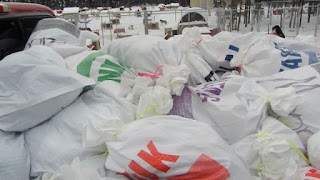

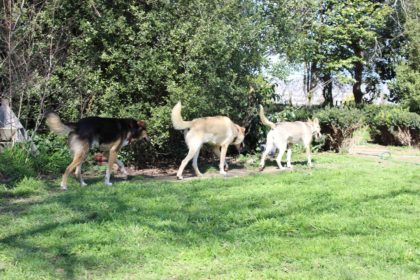
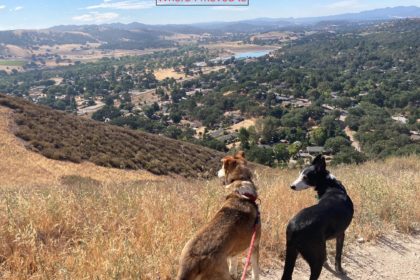
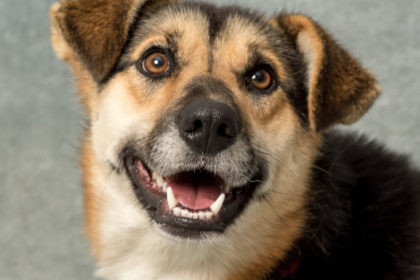

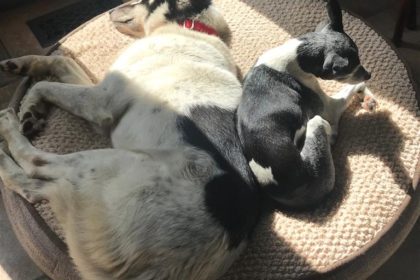


You are out doing yourselves with this great coverage of racing and life at SPK. Thanks! I love keeping up.
Sebago , ME.
Dear Aliy and Allen,
I am looking forward to following your race. I will pray for safe journeys for your teams and your support teams, health for both the humans and the dogs, and of course that you would win (smile).
Thanks in advance to your support teams who will be updating your blog. You all did a wonderful job of the YQ. I loved every entry, every picture, and every video.
I look forward to watching the Aliy Cam videos and reading your trail notes when the race is over. In the meantime, I will be rewatching your videos that correspond with where you are, hitting refresh over and over as I follow your trackers, and checking your blog every day.
Have a great time.
KB
Will there also be an "Allen cam"?
Just asking. Am grateful for everything you post!
Will be waiting for you in Kaltag – can't wait!!
I saw this on the Iditarod website and just had to share. Sebastian had some nice things to say about Aliy and Allen:
"The Armchair Musher"
Hi Aliy!
My name is Isa and I live in Sugar Land, TX (near Houston). My kindergarten teacher (Mrs. Paula) has encouraged us to choose a musher to follow this year. I am happy to tell you that you were my choice! I will be rooting for you and all of your dogs! Good luck!!
Lucky Lynne D to be in Kaltag!
Waiting until just before race start seems like forever so we can know who are the most fit and ready to be on the teams. Quito, Beemer, and Olivia were mentioned in the Iditarod chat – can't wait.
I am thrilled for both of you and excited to watch this year's race on GPS Tracker again.
Wish you the best, safe journey, and fun for both you and the dogs.
Love your videos and postings, thanks to the SP Kennel Crew!!
Wooo Woooo Woooooo!
Best, Trish McAleer
Wishing you safe and successful journeys, Aliy and Allen and dear SPK Dogs!
Julie and Dogs